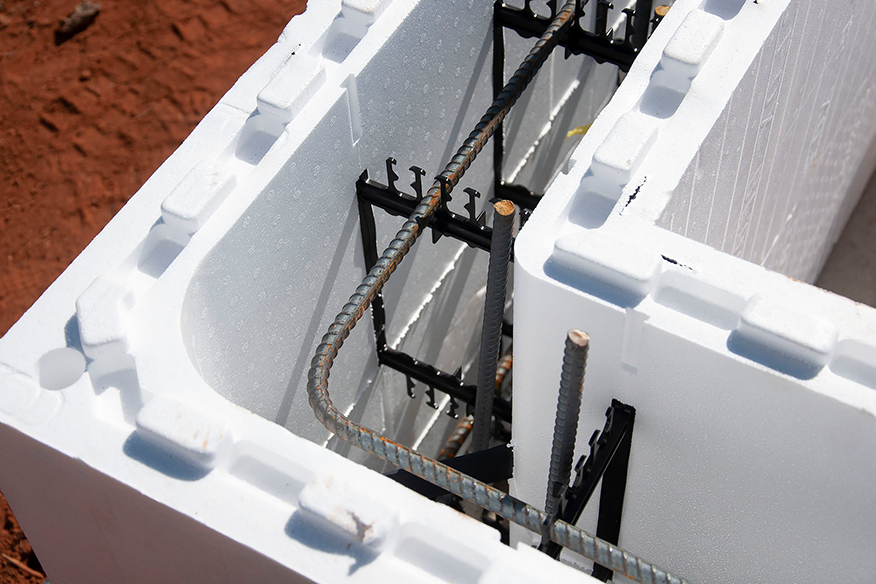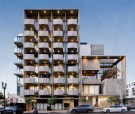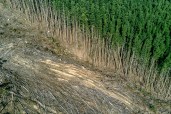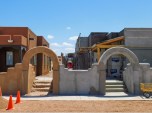There’s one thing way ahead of schedule for West Coast homebuilders this year: wildfire season.
“We’re a month ahead of schedule, if not two months, in terms of fire danger,” warns Scott Strenfel, Pacific Gas and Electric Co. director of meteorology and fire science.
Lake Mead, a large water source for California, is at just 36 percent of capacity, a level not seen since the 1930s. You can’t blame homebuilders and buyers for keeping a wary eye out for smoke.
It’s a recurring calamity Tony Penna vows to do something about.
That something is PHNX Development, a company he co-founded with award-winning residential architect Laurie Fisher. “We build type II non-combustible homes. Our homes feature a four-hour rated exterior wall. Basically, the home won’t burn in a wildfire,” Penna explains.
Resilience Over Ruin
One celebrated aerial photograph shows a California neighborhood leveled by fire. Yet, oddly, three homes stand miraculously untouched by flame. That striking image of resilience surrounded by ruin demonstrates why growing numbers of homeowners now consider alternative building methods.
The homes PHNX Development offers go far beyond fire resistance, thanks to the unique characteristics of insulated concrete forms (ICF), the building material. ICF is a wall system formed by stacking foam-framed blocks Lego-like to create a cast-in-place concrete wall. Penna’s 65-year-old family-owned and operated principal business, Penna Construction Inc., is one of the region’s oldest ICF contractors, chiefly focused on commercial and residential foundation applications.
Penna’s homebuilding startup is the first time his family has branched into homebuilding. “We help wildfire survivors rebuild without having to worry about the next fire,” says Penna.
$475/SF vs. $350/SF
Working closely with Fisher, PHNX wrings much of the budget uncertainty out of the buying process. “We’re getting calls from home buyers that have seen stick-build estimates jump $120,000 between pulling the building permit and the plans. I offer a four-hour wall for probably less cost,” Penna explains.
That’s not all, either:
- $350/SF. The PHNX website features a simple selling proposition: “Total design control/ coordination, full control over budget, costs determined upfront, non-combustible Type II construction for $350/SF (hard+soft).” Contrast that SF-price with luxury-standard Type V combustible construction.
- R-40 Insulation. “We insulate at a level that you can’t get with wood framing,” says Penna. “An ICF wall is R-23 as the form. Add concrete and you create a thermal mass working with the foam form at R-40. Air doesn’t get in or out of that wall. The typical heating and cooling bill is cut in half, forever.”
- 55 STC Rating. That concrete mass also seals out virtually all exterior noise. The 55 STC rating contrasts sharply with a wood-frame structure STC rating of 38.
- Free Surfboard. Waste is minimal at an ICF construction site. What little foam block waste there is reconstituted and carved into a surfboard by a local shop. What better gift from builder to owner?
The word on ICF is getting out. The PHNX team is putting the finishing touches on their first ICF home with several more on deck. “We’re super busy,” Penna says.
Learn more about how ICF can transform your next project with resilience, quality, and style.



